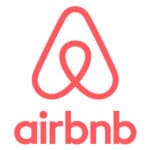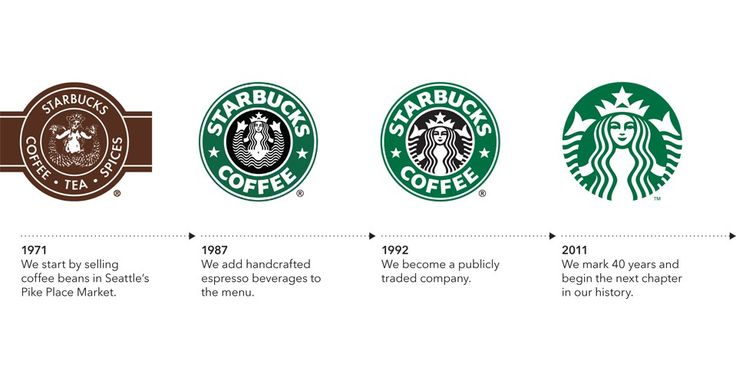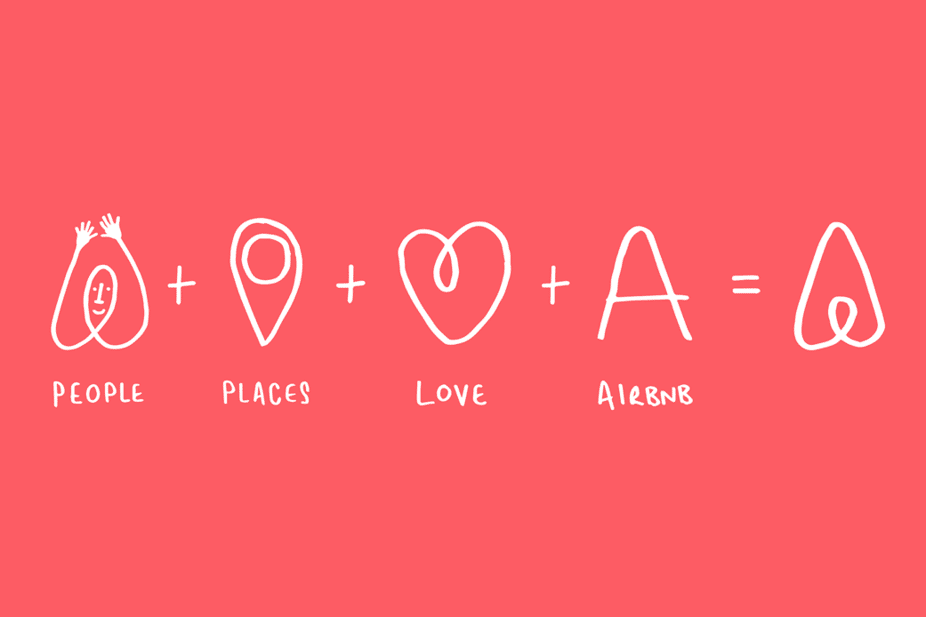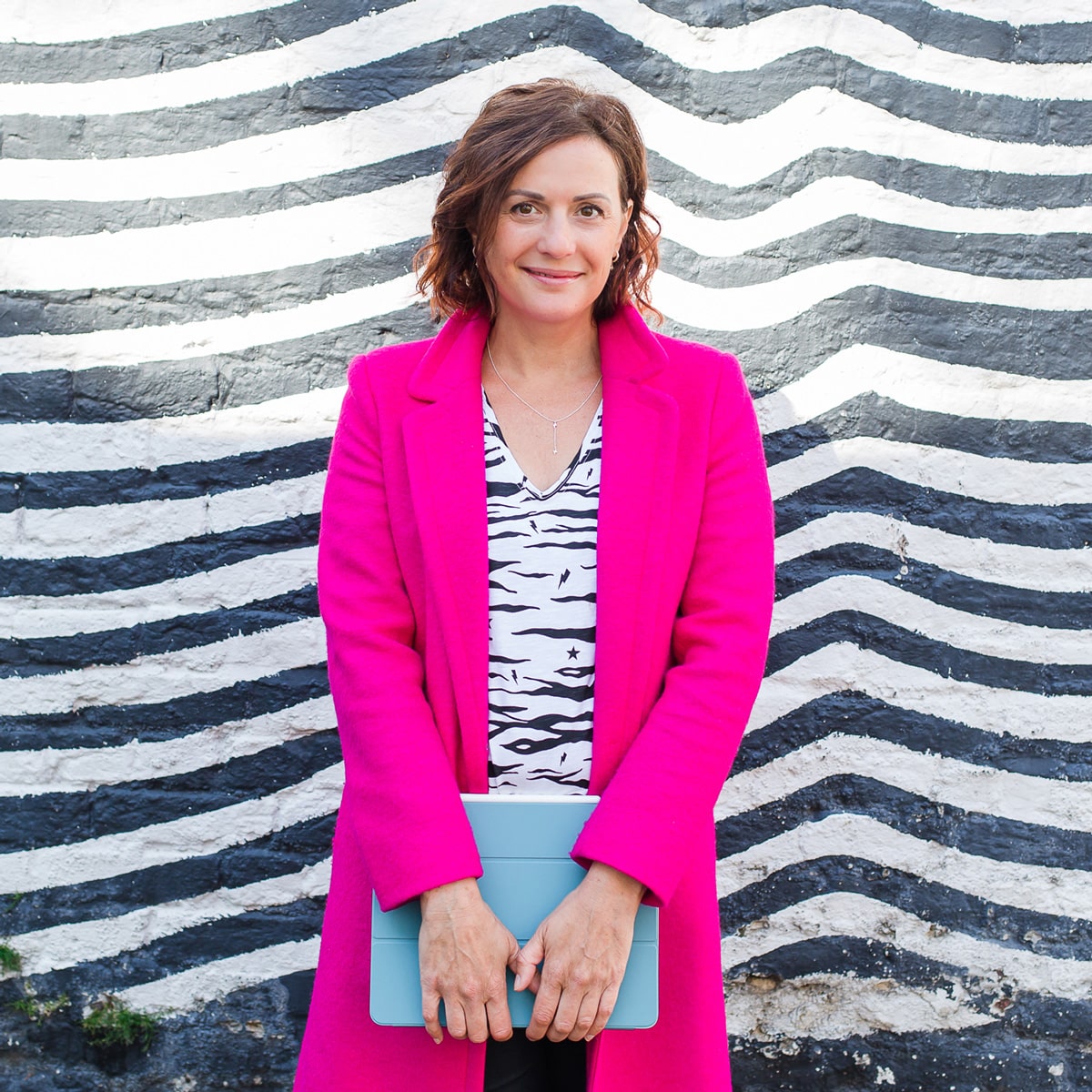The power of your brand and why you need to get it right
What is brand identity? Or what is branding? These questions can often provoke the reaction ‘er, what…?’ or more often, a huge yawn. But brand identity is one of the most important aspects of building a successful business and if you ignore it or get it wrong, your business could go down the toilet. Interestingly, the term branding dates back to more than a century ago. American cattle ranchers would literally brand their cattle on the head in order to determine which ranch they belonged to as they moved across the plains. Thankfully, this evolved to the less traumatic labelling of packaged goods as producers would put their mark on their own products to enable consumers to identify their products from the ever-growing amount of competition. This type of “brand” is similar to the current meaning of the word “trademark’. One of the first most famous examples of this type of branding was by Coca-Cola. In simple terms they wanted customers to be able to identify them from all the other brown, sweet, sparkling drinks available at the time.
What is brand identity today?
Branding has evolved over the years to become much more than just the name or label of a type of product or service. In contemporary marketing, your ‘brand’ is not just the name, it is also what people think about when they see or hear that name. Brand identity today encompasses the whole experience your customers have with your company, product or service. Whether we realise it or not, many of the purchases we make are influenced by brand and design. From the clothes we wear and the food we buy, to the restaurants we eat in and the gyms we frequent; our choices as consumers increasingly define who we are and how we are perceived. For a business to grow, its brand must be specifically targeted to appeal to its customers. Businesses often have a split second to convince a customer that what they offer will not only meet, but exceed their expectations. In the modern, fast paced world we live in, consumers make quick assumptions about what a business offers just by looking at their shop window, website or brochure. If a brand doesn’t immediately engage with a customer, then the chances are they will look elsewhere. Great brands have different approaches, but what is consistent is that they all have a clear focus or purpose that directs the business in all the decisions it makes. In the words of Steve Jobs, “The chance to make a memory is the essence of brand marketing.” Often, first-time entrepreneurs tend to twist themselves into knots over how to brand their enterprises. “Too many companies want their brands to reflect some idealized, perfected image of themselves. As a consequence, their brands acquire no texture, no character and no public trust,” wrote Branson in Business Stripped Bare.
Some good examples of successful brands
 AirBnb, launched in 2008, were not immediately successful as customers were not comfortable with the idea of staying in someone else’s house when on holiday. So, in 2014 they commissioned a brand agency, Design Studio, to help create a story for their brand. A new logo was produced: Bélo – which is described as the universal symbol of belonging. Its broken down meaning promotes, people, places and love. The marketing message is that – whenever you see it, you’ll know you belong.
AirBnb, launched in 2008, were not immediately successful as customers were not comfortable with the idea of staying in someone else’s house when on holiday. So, in 2014 they commissioned a brand agency, Design Studio, to help create a story for their brand. A new logo was produced: Bélo – which is described as the universal symbol of belonging. Its broken down meaning promotes, people, places and love. The marketing message is that – whenever you see it, you’ll know you belong.

This feeling of belonging wherever you stay is what attracts so many customers and makes them feel reassured that their experience will be a positive one. It has changed the way people feel about holiday accommodation. Airbnb has used an essential and highly effective use of gaining an emotional connection with your customers by telling them your story. Starbucks, is another useful example of a company that has carefully adapted their brand identity over the decades. Starbucks has grown to be a worldwide business success. Their longevity demonstrates the strength of the brand.  The coffee chain even managed to break in to the Chinese market where they predominantly drink tea. They did this by offering alternative beverages as well as coffee. They understood that in order to be a success worldwide, they needed to be adaptable to suit their differing target markets. Over the years, Starbucks have carefully refined their logo, bringing it up to date and making it work across all languages and countries.
The coffee chain even managed to break in to the Chinese market where they predominantly drink tea. They did this by offering alternative beverages as well as coffee. They understood that in order to be a success worldwide, they needed to be adaptable to suit their differing target markets. Over the years, Starbucks have carefully refined their logo, bringing it up to date and making it work across all languages and countries.
What can you do to have a successful brand identity that will more attract customers?
Well, the key to having a successful brand identity is to consider and identify your BRAND STRATEGY. Your brand strategy defines what you stand for, a promise you make, and the personality you convey. It provides clear objectives to help guide the subjective design choices for your brand. It’s imperative to define your brand strategy prior to commissioning design work. This is something we can help you with here at az.design or alternatively, we have created a free guide for you to DIY, called How to rebrand in 10 steps.
What is brand identity? See some examples within our portfolio of brands we have created for clients:






